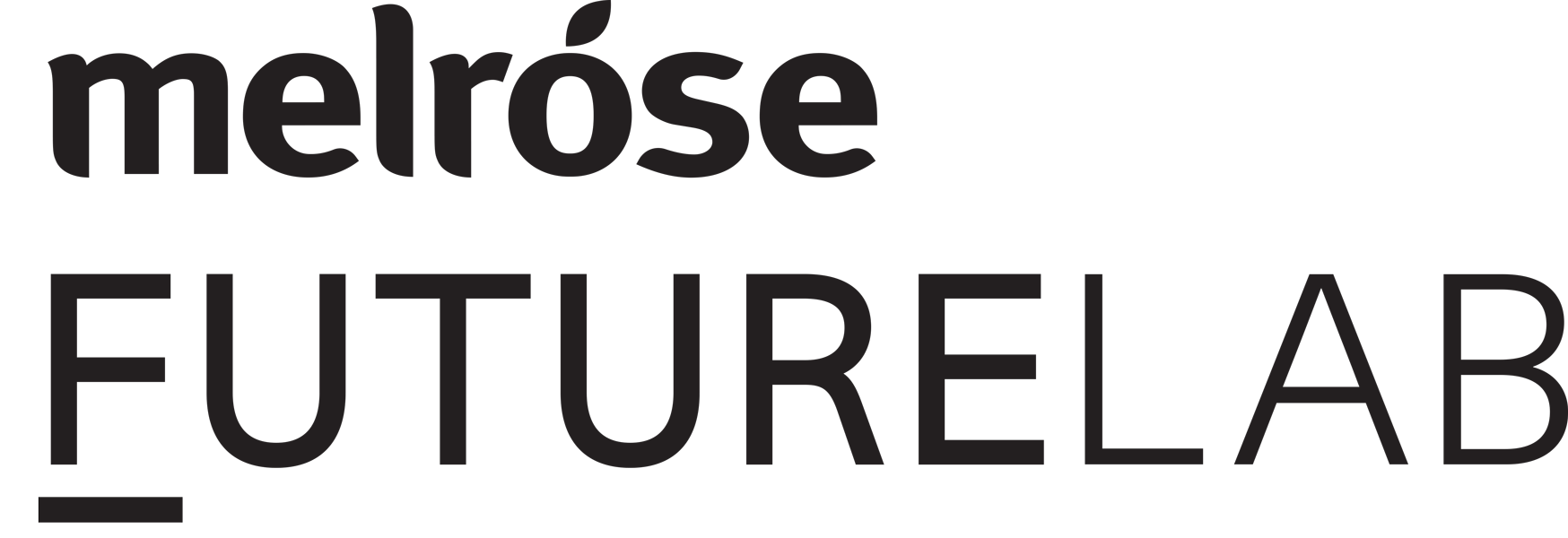Cellular aging is often seen as an inevitable part of the natural aging process. We resign ourselves to the idea that our cells will simply wear out over time. But what if we told you there's more to the story? What if there was something you could do to potentially support cellular health and promote longevity? Natural life extenders exist, capable of activating pathways that decelerate the cellular aging process. But first, let’s look at what cellular ageing is.
Cellular Ageing
Cellular aging is a natural, complex process that occurs as we grow older and is influenced by various factors, including oxidative stress, telomere shortening, chronic inflammation, mitochondrial dysfunction, and cellular senescence. These factors gradually impair cellular function, leading to the decline of organ systems and overall health.
5 Processes that Impact Cellular Ageing
- Free Radical Damage and Oxidative Stress:
At the core of cellular ageing lies the relentless assault of free radicals, unstable molecules with unpaired electrons (can you remember that from your high-school chemistry days?). These highly reactive molecules are natural by products of cellular metabolism. While they serve essential roles in cellular signalling and defence mechanisms, an excess can wreak havoc, causing damage to cellular components such as proteins, lipids, and DNA, resulting in oxidative stress. This oxidative stress accumulates over time contributing significantly to cellular ageing.
- Mitochondrial Dysfunction:
As you might (or might not, depending on your cellular ageing) remember, mitochondria are the powerhouse of the cell, responsible for energy production. As cells age, mitochondria can accumulate damage and become less efficient at generating energy. This dysfunction leads to increased free radical production and further oxidative stress.
- Chronic Inflammation
Inflammation is actually a protective response against harmful stimuli, but it takes on a sinister role in the context of cellular ageing when it becomes chronic and dysregulated. Chronic inflammation induces cellular damage, disrupts tissue homeostasis, and impairs regenerative capacities, fuelling the ageing process and predisposing individuals to various age-related diseases. Moreover, it fuels the release of pro-inflammatory cytokines, perpetuating a vicious cycle of inflammation and cellular degeneration (Bektas).
- Cellular Senescence
Cellular senescence is a term that you will hear more and more about. It has become recognized as a cornerstone biological process driving the aging journey and is increasingly linked to the development of various age-related conditions. It is a process by which a cell ages and permanently stops dividing but does not die. Over time, large numbers of old (or senescent) cells can build up in tissues throughout the body. These cells remain active and can release harmful substances that may cause inflammation and damage to nearby healthy cells. Senescence may play a role in the development of cancer and other diseases (6,7).
- Telomeres and Cellular Integrity:
Telomeres, the protective caps at the ends of chromosomes, serve as guardians of genomic stability. With each cell division, telomeres undergo progressive shortening, like a molecular clock, eventually reaching a critical threshold that then triggers cellular senescence. Dysfunctional telomeres aren't just a sign of cellular aging, they also play a role in the development of age-related diseases like cancer and cardiovascular disorders. Maintaining telomere length and integrity, with the added benefit of dampening inflammation and senescence, emerges as a promising avenue for interventions aimed at mitigating cellular ageing (7).
How to Preserve Cellular Health
As you can see, there is a complex interplay between oxidative stress, inflammation, telomere integrity, mitochondrial function, and cellular aging. As you can imagine,
antioxidants and anti-inflammatory nutrients can offer a simple way we can support cellular health and promote longevity. Let’s look at a few of the standouts.
Antioxidants
Several studies show that antioxidants play a crucial role in shielding us from oxidative stress. Resveratrol and quercetin, both showing powerful antioxidants and anti-inflammatory properties, have gained recognition for their impressive protective abilities. They work by neutralizing free radicals, and regulating inflammation, preventing cellular damage, and promoting overall well-being. (1,4,9).
- Resveratrol: Found abundantly in red grapes, resveratrol boasts numerous benefits, from cardiovascular health to potential anti-cancer properties. The antiaging mechanisms of resveratrol are ameliorating oxidative stress, relieving inflammatory reaction, improving mitochondrial function, and regulating apoptosis. Resveratrol could be an effective and safe compound for the preservation of cellular health along with the prevention and treatment of aging and age-related diseases.
- Quercetin: A flavonoid, widely present in fruits and vegetables has anti inflammatory properties and can inhibit the production of inflammatory cytokines. Quercetin also possesses antioxidant activity, protecting cells from oxidative damage and potentially preserving telomere length.
Natural Anti-inflammatories
Inflammation, as discussed above, is a vital response to injury or infection, but can become chronic and detrimental to cellular function. Numerous studies have illustrated that curcumin and PEA (Palmitoylethanolamide), have natural anti inflammatory compounds, offer a promising avenue for mitigating inflammation and supporting cellular longevity (1,3).
- Curcumin: Renowned for its anti-inflammatory properties, curcumin, the active compound in turmeric, can modulate inflammatory pathways, reducing chronic inflammation and associate cellular damage. Curcumin has also been studied for its potential to enhance telomerase activity, which could help maintain telomere length and cellular health.
- PEA (Palmitoylethanolamide): Is an organic compound found in the human body and is also made by fungi and bacteria. It can be found in small quantities in certain food products (like chocolate, legumes, and eggs), and especially foods that have been fermented (natto). It can target receptors involved in inflammation and pain modulation. By reducing inflammation, PEA may help alleviate oxidative stress and cellular dysfunction associated with aging, promoting longevity and cellular health.
The Drawbacks
Before you get too excited though…. Despite their benefits, resveratrol, quercetin, curcumin and PEA suffer poor bioavailability when delivered orally due to it being rapidly metabolised by the microbiota and first pass metabolism in the liver (3,8). This makes it difficult to deliver a high concentration therapeutic dose. It is for this reason that scientists have developed Liposperse and Phytosome Technology. This technology offers a promising solution by enhancing the solubility of the above nutrients, ensuring better absorption and bioavailability.
Bioavailability and Absorption
To achieve optimal bio-absorption, natural derivatives must have a balance between hydrophilicity, for dissolving in gastrointestinal fluids, and lipophilicity, facilitating passage through lipidic bio-membranes.
Therefore, it's not just about delivering a certain quantity of the active principle into the body; it's about optimising bio-absorption to ensure that natural compounds release their full potential in terms of health benefits while maintaining the original phytochemical profile of the selected derivatives. How do we do that?
Lipisperse technology and the Phytosome system have demonstrated promising outcomes in bioavailability and absorption across multiple pharmacokinetic studies. They serve as functional solid dispersions, offering food-grade delivery mechanisms for natural compounds to efficiently interact with the gut ecosystem, enhancing absorption and microbiota interaction.
LipiSperse coats the lipophilic (oil-attracting) crystals, altering their surface to become hydrophilic (water-attracting). This transformation enables the coated crystals to effortlessly disperse in water, while the Phtyosome technology binds curcumin to phospholipids, enhancing the body's absorption capacity while providing a safeguard against the acidic conditions of the stomach, allowing it to avoid immediate breakdown (1,3,4,5,8,9).
Cellular longevity
- LipiSperse Resveratrol 150gm: offering twice the absorption than standard resveratrol (3,9).
- LipiSperse Quercetin 400mg: offers up to 2.3-fold absorption compared to standard form (1,8).
Inflammation Modulator
- Meriva Curcumin Phytosome 500mg: The superior formulation ensures optimal absorption (up to 3 times), exceptional tolerability, and safety, even during extended periods of use. (1,5,8)
- Levagen+ PEA (Palmitoylethanolamide) 300mg: using the LipiSperse technology,been shown to be absorbed within 45 minutes while offering x1.75 better absorption than standard PEA (3,8).
Synergistic Effects
The combination of antioxidants and natural anti-inflammatories creates synergistic effects, strengthening our cellular defences against oxidative stress and inflammation. By working in tandem, these compounds optimize cellular function, promoting longevity and overall well-being.
Practical Applications
Antioxidants and natural anti-inflammatories such as resveratrol, quercetin, curcumin, and PEA offer promising avenues for preserving cellular youth and promoting longevity. Embracing Liposperse and Phytosomal technologies ensures optimal absorption and bioavailability, maximizing the benefits of these potent compounds.
By combating oxidative stress, inflammation, telomere shortening, mitochondrial dysfunction, and cellular senescence, these compounds contribute to overall cellular health and may delay the onset of age-related diseases. Incorporating them into a balanced diet or as supplements could potentially support healthy aging, improve quality of life, and preserve cellular youth.
Written by, Lyndall Wright.
REFERENCES
1.Alessio Danilo Inchingolo, Inchingolo, A. M., G Malcangi, Avantario, P., Azzollini, D., Buongiorno, S., Fabio Viapiano, Campanelli, M., Anna Maria Ciocia, Nicole De Leonardis, Elisabetta de Ruvo, Ferrara, I., Garofoli, G., Montenegro, V., Netti, A., Palmieri, G., Mancini, A., Patano, A., Piras, F., & Marinelli, G. (2022). Effects of Resveratrol, Curcumin and Quercetin Supplementation on Bone Metabolism—A Systematic Review. Nutrients, 14(17), 3519–3519. https://doi.org/10.3390/nu14173519
2.Bektas, A., Schurman, S. H., Sen, R., & Ferrucci, L. (2018). Aging, inflammation and the environment. Experimental Gerontology, 105, 10–18.
https://doi.org/10.1016/j.exger.2017.12.015
3.Briskey, D., & Rao, A. (2020). Trans-Resveratrol Oral Bioavailability in Humans Using LipiSperseTM Dispersion Technology. Pharmaceutics, 12(12), 1190. https://doi.org/10.3390/pharmaceutics12121190
4.Cui, Z., Zhao, X., Amevor, F. K., Du, X., Wang, Y., Li, D., Shu, G., Tian, Y., & Zhao, X. (2022). Therapeutic application of quercetin in aging-related diseases: SIRT1 as a potential mechanism. Frontiers in Immunology, 13. https://doi.org/10.3389/fimmu.2022.943321
5.Cuomo, J., Appendino, G., Dern, A. S., Schneider, E., McKinnon, T. P., Brown, M. J., Togni, S., & Dixon, B. M. (2011). Comparative Absorption of a Standardized Curcuminoid Mixture and Its Lecithin Formulation. Journal of Natural Products, 74(4), 664–669. https://doi.org/10.1021/np1007262
6.National Institute on Aging. (2021, July 13). Does cellular senescence hold secrets for healthier aging? National Institute on Aging.
https://www.nia.nih.gov/news/does-cellular-senescence-hold-secrets healthier-aging
7.Pole, A., Dimri, M., & P. Dimri, G. (2016). Oxidative stress, cellular senescence and ageing. AIMS Molecular Science, 3(3), 300–324.
https://doi.org/10.3934/molsci.2016.3.300
8.Subramanian, P. (2021). Lipid-Based Nanocarrier System for the Effective Delivery of Nutraceuticals. Molecules, 26(18), 5510.
https://doi.org/10.3390/molecules26185510
9.Zhou, D.-D., Luo, M., Huang, S.-Y., Saimaiti, A., Shang, A., Gan, R.-Y., & Li, H.-B. (2021). Effects and Mechanisms of Resveratrol on Aging and Age-Related Diseases. Oxidative Medicine and Cellular Longevity, 2021, 1–15. https://doi.org/10.1155/2021/9932218



Leave a comment
This site is protected by hCaptcha and the hCaptcha Privacy Policy and Terms of Service apply.